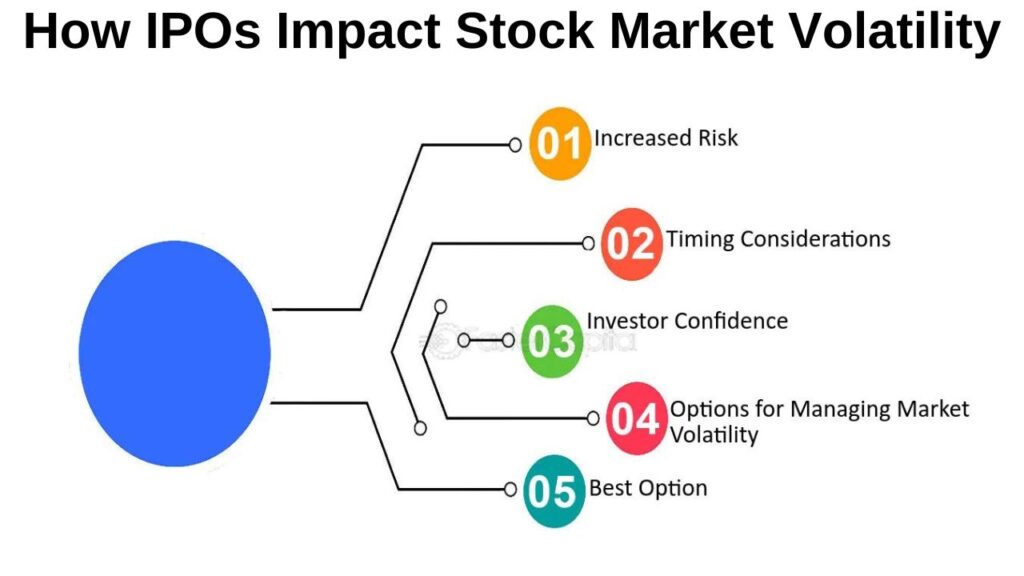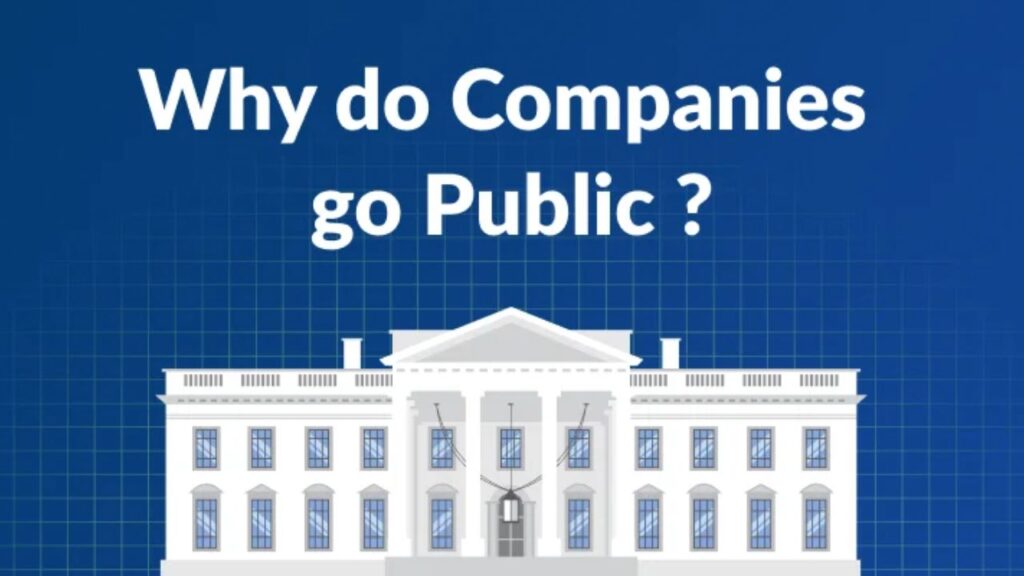Introduction:
The financial markets are a complex ecosystem, where Initial Public Offerings (IPOs) play a pivotal role, often acting as both a catalyst and a barometer for market sentiment and volatility. This blog delves into how IPOs influence stock market volatility, offering insights for investors looking to navigate these waters with confidence.
1. The IPO Mechanism and Market Volatility
- Initial Pricing and Market Entry:
IPOs are priced based on a blend of market conditions, company performance, and investor sentiment. This initial pricing can set the tone for volatility, especially if the price doesn’t align with market expectations or if there’s significant speculation. - Lock-Up Periods:
The end of lock-up periods, where insiders can sell their shares, often leads to increased volatility as the market absorbs these new shares. - Market Sentiment:
IPOs can gauge market sentiment, with high-profile IPOs often leading to speculative trading, which can amplify market swings.
2. Historical Perspectives on IPOs and Market Volatility
- Case Studies:
Historical data shows that during times of high market volatility, like the dot-com bubble or recent tech IPOs, the market’s reaction to IPOs can be extreme, leading to significant volatility. - Market Cycles:
IPO activity tends to peak during bullish markets, contributing to increased volatility as more companies go public, often at overvalued prices.
3. Factors Driving IPO-Induced Volatility
- Speculative Trading:
The allure of high returns from IPOs can lead to speculative trading, where price movements are more about market sentiment than company fundamentals. - Information Asymmetry:
Retail investors might not have the same information as institutional investors, leading to mispriced IPOs and subsequent volatility. - Regulatory and Compliance Changes:
New public companies must navigate regulatory landscapes, and any missteps can lead to sharp stock price reactions.
4. Strategies for Investing in IPOs During Volatile Markets
- Diversification:
Spreading investments across different IPOs or sectors can mitigate the risk of volatility in any single investment. - Thorough Research:
Understanding the company’s business model, market position, and growth prospects can help in making informed decisions amidst volatility. - Long-Term Perspective:
Adopting a long-term view can help investors ride out short-term volatility, focusing on the company’s potential rather than daily price swings. - Risk Assessment:
Evaluating the risk-reward ratio, considering market conditions, and personal risk tolerance before investing in IPOs.
5. The Role of Economic Conditions in IPO Performance
- Interest Rates and Market Sentiment:
Rising interest rates can deter IPOs or lead to lower valuations, affecting market volatility as companies adjust to higher borrowing costs. - Economic Cycles:
IPOs during economic downturns might face increased scrutiny and volatility due to broader economic concerns.
Conclusion:
IPOs are not just events but significant indicators of market health and investor sentiment. By understanding the interplay between IPOs and market volatility, investors can better position themselves to capitalize on opportunities while managing risks. This blog aimed to equip you with the knowledge to navigate the volatile waters of IPO investing, emphasizing research, strategy, and a long-term investment horizon.
Remember, while IPOs can offer significant returns, they come with risks that require careful consideration, especially in volatile market conditions.
Why Companies Opt for FPO After an IPO: A Strategic Overview
1. Introduction In the world of public markets, Initial Public Offerings (IPOs) and Follow-on Public…
The Ultimate Guide to Understanding IPO vs. FPO: Differences, Benefits, and Risks
1. Introduction to the World of Public Offerings Capital markets thrive on the flow of…
How Book-Building IPOs Work: A Comprehensive Guide
Investor Perspectives on Book-Building IPOs Retail vs. Institutional Investors: In the book-building process, institutional investors…
Understanding Fixed Price IPOs: A Comprehensive Guide
Introduction: What is a Fixed Price IPO? A Fixed Price Initial Public Offering (IPO) is…
Mastering IPO Terminology: A Comprehensive Guide for Investors
Introduction Navigating the world of Initial Public Offerings (IPOs) can be daunting, especially with the…
How IPOs Impact Stock Market Volatility
Introduction: The financial markets are a complex ecosystem, where Initial Public Offerings (IPOs) play a…






